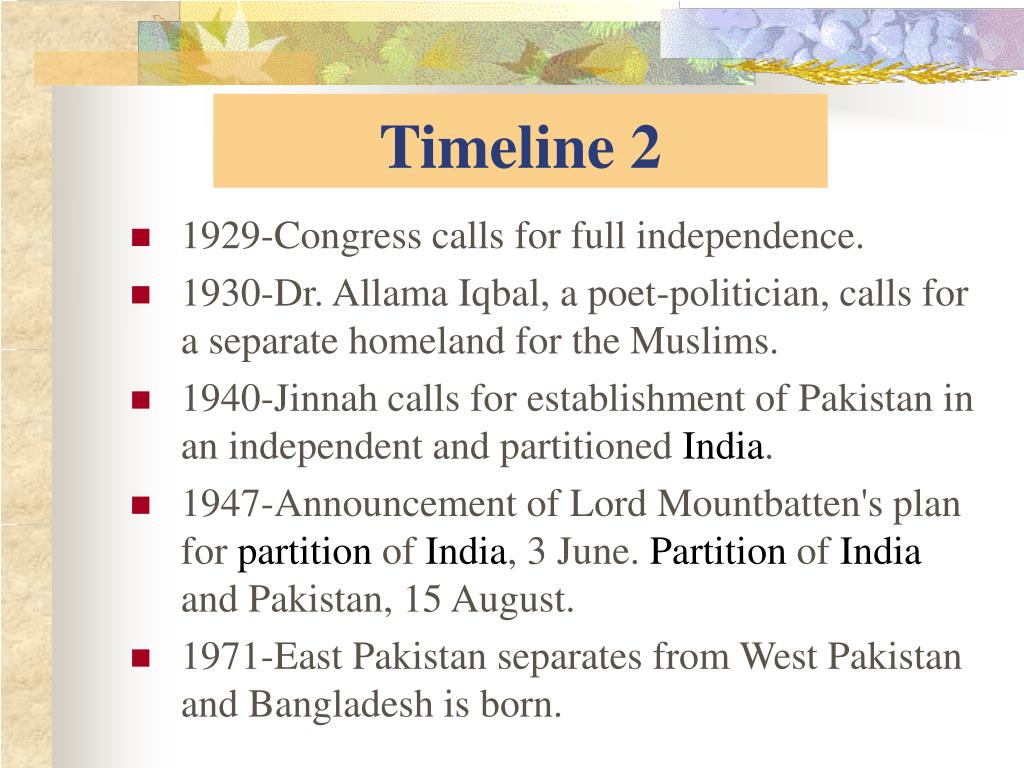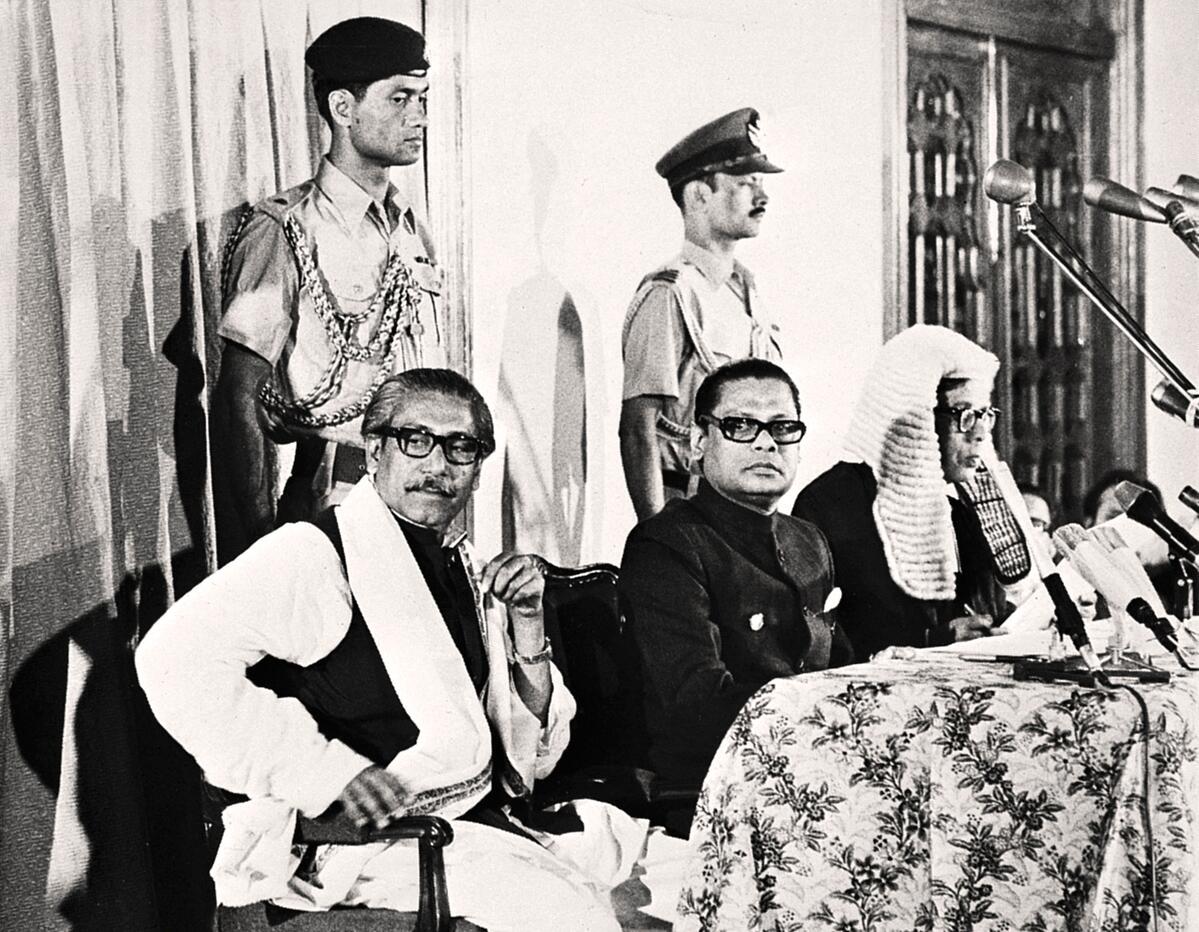

- History of bangladesh separation from 1947 to 1971 pdf full#
- History of bangladesh separation from 1947 to 1971 pdf series#
Partition was seen as an act of colonial arrogance and blamed on the divide and rule policy.
History of bangladesh separation from 1947 to 1971 pdf series#
A series of demonstrations, strikes, and a boycott of British goods began, with support from across India.

However, Hindus on both sides of the divided province opposed partition. The 1905 partition was popular among the Muslims in the East, who now had their own province. The failed 1905 partition was a crucial catalyst in shifting Indian opinion away from limited self-governance towards complete independence.Īllegedly an administrative convenience in order to deliver better governance to the large and populous province of Bengal, the 1905 partition divided the Hindu majority West from the Muslim majority East, although substantial minorities remained on either side.

History of bangladesh separation from 1947 to 1971 pdf full#
However, since 1905, full independence had become the only acceptable goal. The independence struggle was led by the Indian National Congress, which had originally campaigned for increased Indian participation in governance. When Clement Attlee's new Labor administration came to power in July 1945, Lord Mountbatten was quickly appointed Governor-General of India with instructions to end colonial rule as soon as possible. The potential for bridge-building resided deep within Bengali history and culture tragically, circumstances conspired to ride rough-shod over this in the name of political expediency.Īs the Indian independence movement gained momentum, Britain also lost her will to govern India. A world community that aims to establish global cooperation, that wants to minimize and eventually abolish all conflict, needs to build bridges between communities, not to partition them. Partition failed, in the case of Bengal, to respect a people's affirmation of solidarity. There is, indeed, a strong current in Bengali literature expressing human unity, beyond but including the unity of the Bengali people. Some Bengalis always stressed their cultural and linguistic identity across the religious divide, asserting Bengali solidarity. Throughout all discussions about partition, some wanted a unified Bengal. In 1971, they asserted their cultural difference from West Pakistan to become Bangladesh. The majority of Muslims did opt to join Pakistan but wanted to take the whole province with them. Other provinces would also want independence, resulting in too many non-viable states. The government of Bengal supported a unified, independent Bengal as a third state. In 1947, when the two communities voted on remaining in India or joining Pakistan, it was the Hindus who voted for partition. Hindus had opposed the 1905 partition, while Muslims, who benefited from this, were more sympathetic. This fueled an upsurge of nationalist sentiment across India. Bengal had been divided earlier, in 1905. As Britain determined to grant independence and to do so as soon as possible after the end of World War II, the government began to see accepting partition as the quickest, most pragmatic solution. Supporters of Pakistan argued that only in their own state would Muslims be able to flourish, that they would be discriminated against in a Hindu-majority independent India. When plans for a separate Muslim state were first proposed, Bengal was not included. East Bengal was renamed East Pakistan, and later became the independent nation of Bangladesh after the Bangladesh Liberation War of 1971. This was part of the Partition of India and officially took place during August 14-August 15, 1947. The Partition of Bengal in 1947 divided Bengal into the two separate entities of West Bengal belonging to India, and East Bengal belonging to Pakistan.


 0 kommentar(er)
0 kommentar(er)
